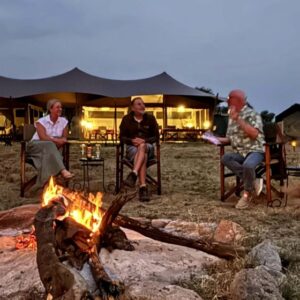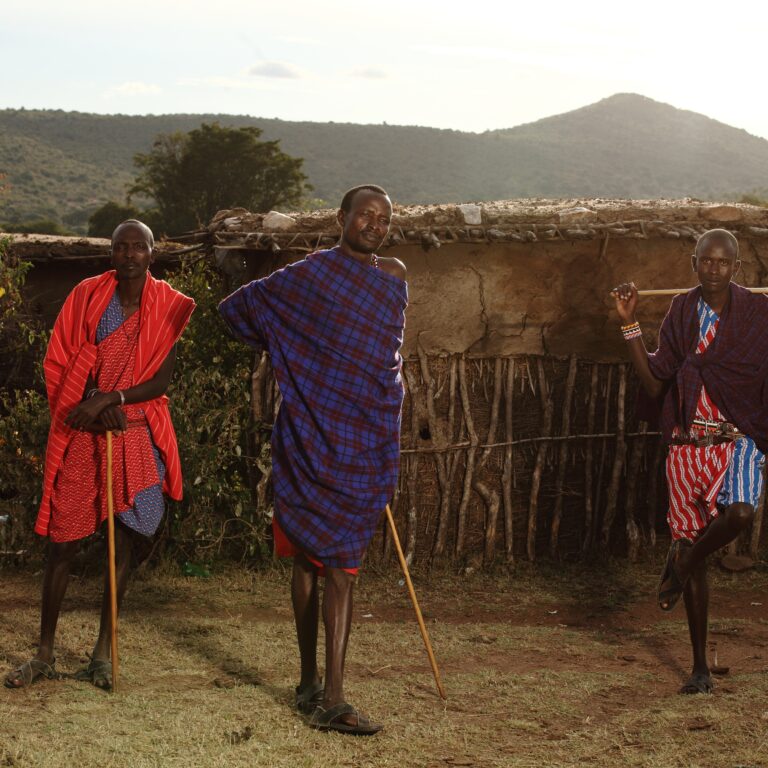African Big five, Small five, Shy five, Ugly five, Impossible five.
Unveiling Africa’s Five Quirky Quintets: Big, Small, Shy, Ugly, and Impossible. Africa, the cradle of humanity and a vibrant tapestry of landscapes and wildlife, beckons with its untamed spirit. But beyond the roar of lions and the grace of giraffes, a universe of quirky classifications beckons: the Big Five, Small Five, Shy Five, Ugly Five, and the elusive Impossible Five. Let’s embark on a safari of the unusual, uncovering the charm and challenge of these unique groups.
1. The African Big Five
The undisputed royalty of the safari, the Big Five – lion, elephant, leopard, rhino, and buffalo – earned their title not for size or beauty. But for the difficulty in hunting them during colonial times. Today, they represent the pinnacle of a wildlife encounter. Each species a testament to the power and resilience of nature. Witnessing a lion pride dominate the savanna, an elephant family bathe in a watering hole. Or a leopard’s sleek form slink through the shadows is an experience etched in memory forever.
2. The African Small Five
But Africa’s wonders come in miniature packages too. The Small Five – elephant shrew, antlion, buffalo weaver, rhino beetle, and leopard tortoise – echo their larger counterparts in name, but with a twist of adorable quirkiness. Imagine spotting the miniature elephant shrew, a fuzzy dynamo with a trunk. Or marveling at the intricate traps built by the antlion, a tiny predator in disguise. The Small Five remind us that the beauty of Africa lies not just in size, but in the intricate details woven into the ecosystem.
3. The African Shy Five
For those seeking a glimpse into the hidden corners of the wild, the Shy Five – aardvark, aardwolf, bat-eared fox, porcupine, and meerkat – offer a thrilling challenge. These nocturnal or solitary creatures rarely steal the spotlight. But their encounters are imbued with a special magic. Watch the aardvark, a long-snouted excavator. Emerge at dusk, or witness the comical meerkats standing sentinel on the plains. Their watchful eyes scanning the horizon. The Shy Five are a testament to the power of patience and observation. Rewarding those who wait with fleeting but unforgettable moments.
4. The African Ugly Five
Beauty, as they say, is in the eye of the beholder. And the Ugly Five – warthog, marabou stork, wildebeest, hyena, and naked mole-rat – revel in their unconventional charm. Warthogs, with their protruding tusks and mud-caked bodies, snort their way through the savanna, while marabou storks, with their ungainly gait and bald heads, patrol the waterways. The Ugly Five might not grace postcards, but their unique adaptations and vital roles in the ecosystem earn them respect and fascination.
5. The African Impossible Five
Finally, for the true safari adventurers, there’s the Impossible Five – pangolin, okapi, saola, aardvark, and fossa. These elusive creatures vanish into the shadows, testing the skills and luck of even the most seasoned wildlife enthusiasts. The pangolin, a scaly armor-clad mammal, is rarely seen, while the okapi, a striped relative of the giraffe, hides in the deepest forests. The Impossible Five represent the thrill of the unknown, beckoning with the promise of a once-in-a-lifetime encounter.
Whether you’re a seasoned safari connoisseur or a first-time adventurer, these five quirky quintets offer a unique lens to explore the vast and wondrous continent of Africa. From the majestic Big Five to the shyest and strangest creatures, each encounter unfolds a new chapter in the story of nature’s resilience and diversity. So, pack your bags, grab your binoculars, and let the safari of the unusual begin!
Remember, this is just a starting point. Each of these “Fives” has its own fascinating sub-groups and variations, waiting to be discovered. Embrace the spirit of adventure, delve deeper into the world of African wildlife, and who knows, you might just come face-to-face with the impossible!
FAQs about Africa’s Quirky Quintets: Big Five, Small Five, Shy Five, Ugly Five, and Impossible Five
Remember, these categories playful ways to categorize and learn about diverse African wildlife. Each animal, from the majestic Big Five to the elusive Impossible Five, plays a vital role in the ecosystem and deserves our respect and admiration. So, let curiosity guide your safari adventures, appreciate the beauty in all forms, and embrace the thrill of encountering the unexpected in the heart of Africa’s wild!
Why are they called the Big Five?
The term originated during colonial times, referring to the five most challenging animals to hunt on foot due to their size, strength, and unpredictable nature. Today, it symbolizes the iconic species of African safaris.
Where can I see the Big Five?
Many national parks and game reserves across Africa offer Big Five sightings, with popular choices including Kruger National Park (South Africa), Masai Mara National Reserve (Kenya), and Serengeti National Park (Tanzania).
What are the specific animals in the Big Five?
The Big Five comprises the lion, African elephant, leopard, black rhinoceros, and Cape buffalo.
The Small Five:
How are they similar to the Big Five?
Their names echo the Big Five, but instead of large dangerous animals, they represent miniature counterparts from different taxonomic groups.
Where can I find the Small Five?
They’re typically found in the same regions as the Big Five, but due to their small size and elusive nature, spotting them requires careful observation and a bit of luck.
What are the animals included in the Small Five?
The Small Five consists of the elephant shrew, antlion, buffalo weaver, rhino beetle, and leopard tortoise.
Why are they called the Shy Five?
These animals are nocturnal, solitary, or inhabit dense vegetation, making them less frequently seen on safaris. Encountering them requires patience and awareness of their habits.
What are some tips for spotting the Shy Five?
Go on night safaris or early morning drives for nocturnal species. Look for signs like aardvark burrows or aardwolf termite mounds. Learn their calls and listen carefully. Consider hiring experienced guides familiar with their hiding spots.
Which animals are included in the Shy Five?
The Shy Five includes the aardvark, aardwolf, bat-eared fox, porcupine, and meerkat.
Why are they called the Ugly Five?
This moniker is subjective and not intended to be malicious. It highlights their unconventional or less aesthetically pleasing appearances compared to some other animals.
Is it okay to call them ugly?
Respect for all wildlife is essential. Instead of focusing on aesthetics, appreciate their unique adaptations and ecological roles. Their “ugliness” often signifies vital survival strategies.
Who are the members of the Ugly Five?
The Ugly Five comprises the warthog, marabou stork, wildebeest, hyena, and naked mole-rat.
Why are they called the Impossible Five?
These animals are extremely rare, endangered, or live in remote areas, making them incredibly challenging to see in the wild. Encountering them is a rare privilege and requires dedicated effort and a bit of luck.
What are some responsible practices for searching for the Impossible Five?
prioritize ethical tourism and conservation practices. Choose responsible tour operators committed to sustainable wildlife viewing. Avoid disturbing their habitats or using flash photography. Be patient and respectful if you’re fortunate enough to spot them.
Which animals make up the Impossible Five?
The Impossible Five consists of the pangolin, okapi, saola, aardvark (sometimes listed in both Shy and Impossible Five), and fossa.








